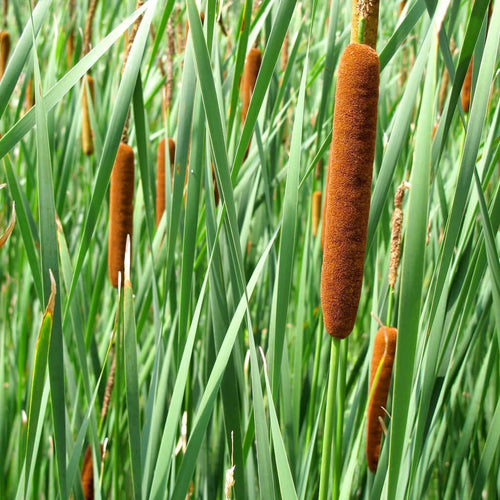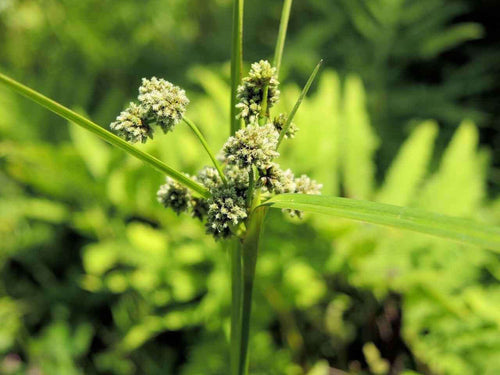It is known to many in the plant community that the majority of most plants don't grow in wetland environments. It is because the terrain is too mushy for most plants to survive and thrive. For a person to grow plants in an artificial environment such as this; there is a certain amount of knowledge one has to know if they want to know how to grow wetland plants.
One can choose to grow several types of wetland plants, such as cattails, hard stem bulrush, and duck potatoes.
Cattails are a plant mainly found to grow and thrive in the United States. They are a type of wetland plant that can spread and grow when it is in their natural conditions. The best or most natural conditions for cattails are shallow water depth along the shoreline, around one foot to a half feet in depth. As long as the water isn't too deep for the plant, it can flourish and grow from the sun's rays and the amount of water that it is getting by being able to store the food it needs in the root of the plant.
The rigid stem bulrush plant is a type of wetland that is found in the continent of Australia and Asia. They can grow to their potential when they are in deep waters seasonally, usually during the summer. They tend to be a dominant plant that an individual sees in the swamps in Australia.
The duck potato plant is typical in Florida and grows to about four feet in height. They are usually in flower form from July to September. This plant also thrives in a sunny environment. Growing this plant in about one and a half feet deep of swampy water is best.
Driving without a map or plan for your next destination can be challenging. The same can be said for a person who doesn't have the correct information when it comes to planting in a swampy environment. Once a person has the proper education and knowledge, they can go out and place the correct type of plants that can flourish in a wet or mushy environment.
Source to Buy Wetland Plants
https://www.tnnursery.net




















































